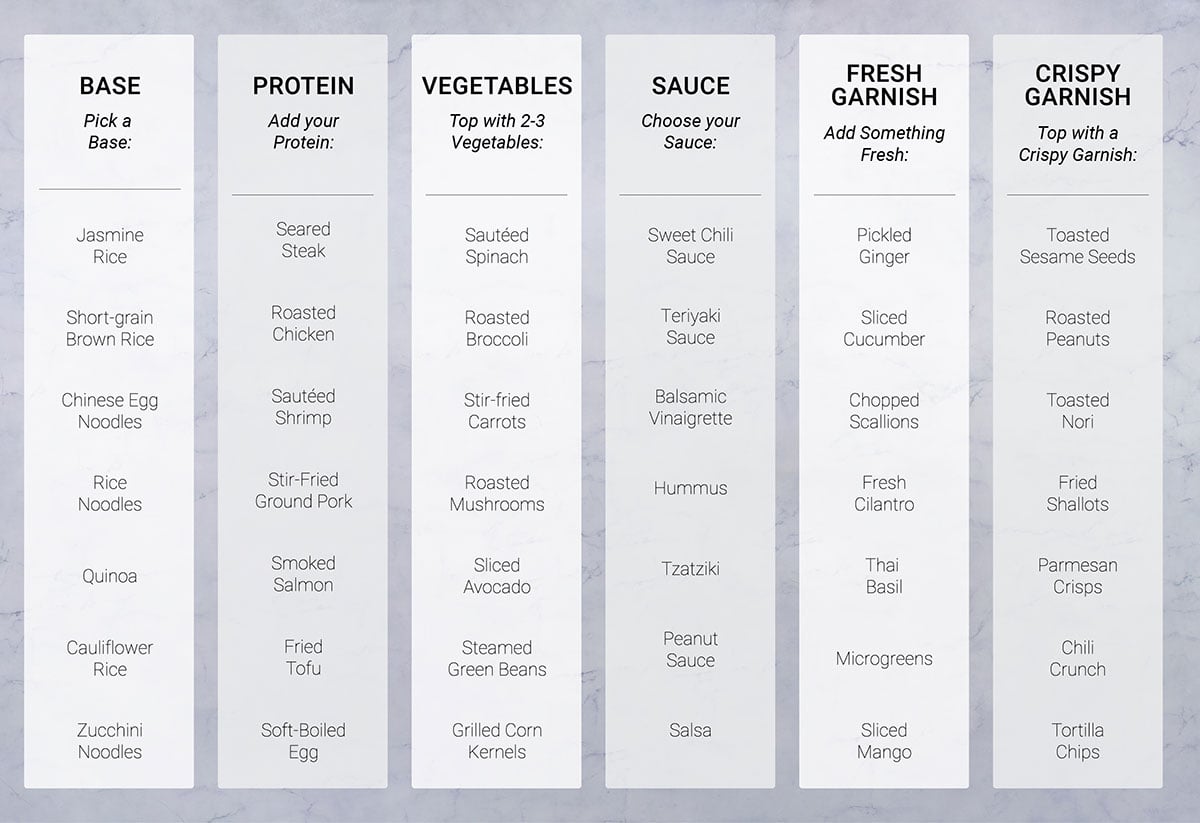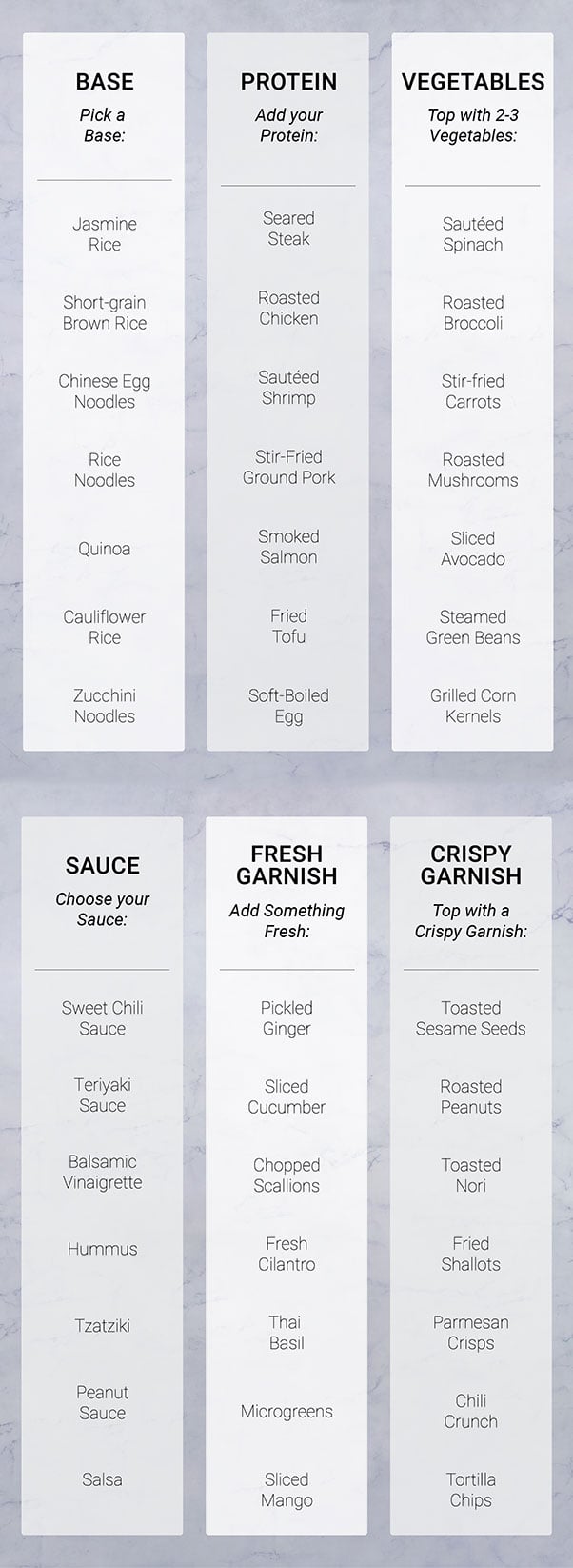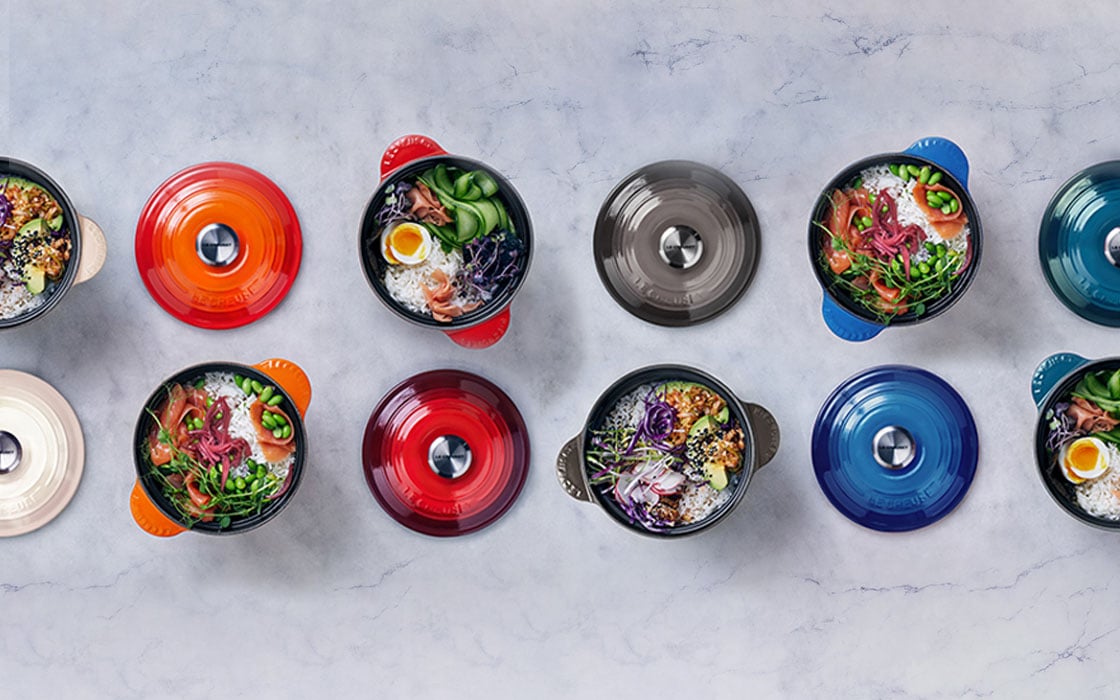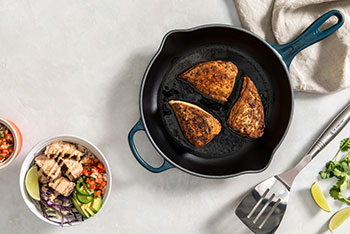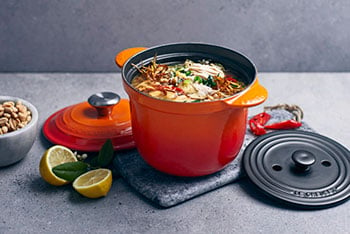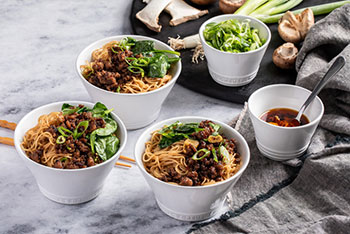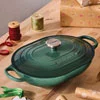Grain bowls have become a mealtime mainstay for good reason. These one-bowl meals combine a vibrant mix of colorful and creative ingredients and textures that check all the boxes. Stuck in a mealtime rut? Bowls provide endless options for adaptable combinations, with no two bowls being alike. Need to get a nutritious dinner on the table quickly that everyone in the family will eat? With a little advanced prep on the weekend, you will have a meal ready in literally minutes.
The key to creating delicious bowls is understanding how to build them, and we’ve outlined the five steps to make it easy. You can stick to a single cuisine, like our Blackened Mahi Taco Bowl, or mix it up and combine any of the ingredients from the helpful chart below. Once you learn the best way to layer the elements of a bowl, you’ll build a unique, beautiful dish each time you step into the kitchen.
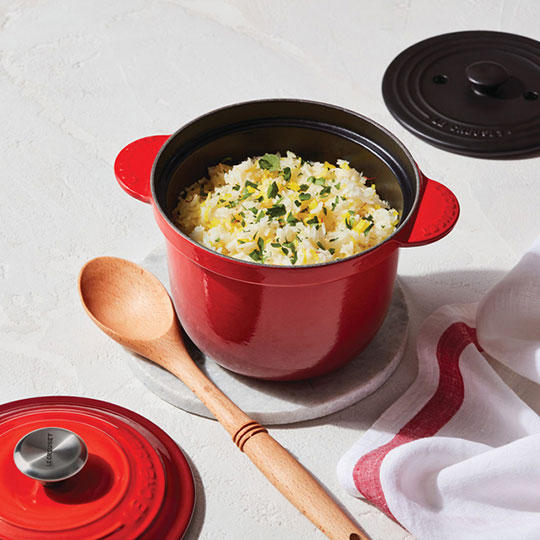
Pick a Base
Every bowl begins with a hearty base to anchor the flavors. The term ‘Buddha Bowls’ generally refers to one-bowl meals that start with a base of hearty grains, such as brown rice, quinoa or farro. But your base ingredient isn’t just limited to grains. Noodles also provide a delicious base whether you choose wheat-based noodles or gluten-free rice noodles. And if you’re cutting carbs, zucchini noodles or cauliflower rice make an excellent start.
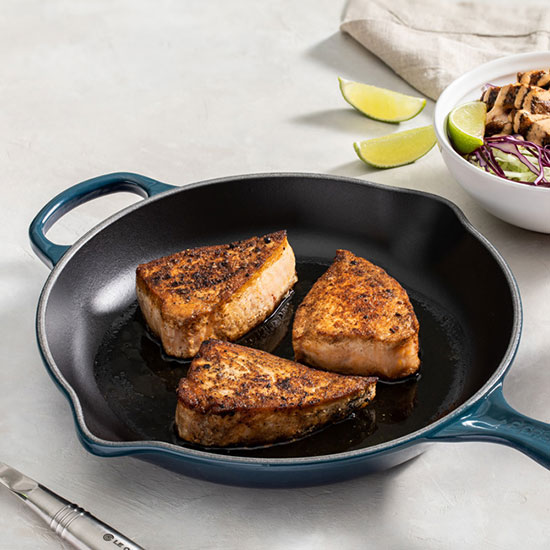
Add your Protein
Protein transforms a bowl from a side dish to a main meal, and any cooked meat or seafood can be utilized. By varying cuts and cooking techniques, you can transform the flavors for delicious variety. For example, you can use the same fish twice in one week, once blackened and another time poached. The result is two different meals with vastly different flavor profiles. Vegetarian choices like fried tofu add a complete source of protein without the meat. And no one will complain if you top the whole thing with a jammy, soft-boiled egg.
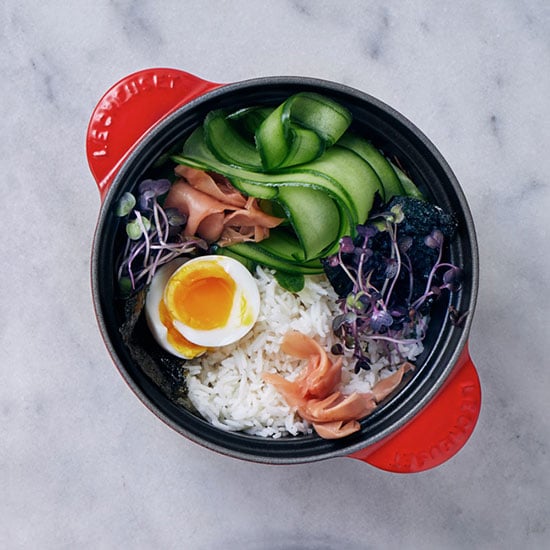
Top with Vegetables
The sky is the limit when it comes to veggies in your bowl. A mix of cooked and raw vegetables, or even fruit, adds nutrients, flavor and texture. We recommend 2-3 different choices at a minimum, but there is no such thing as too many veggies in your bowl. In fact, it’s a great way to use up leftover veggies that might be hanging out in the fridge. And while you’re layering these elements, keep in mind how the mix will look. Our favorite bowls not only taste delicious but have a photo-worthy composition.
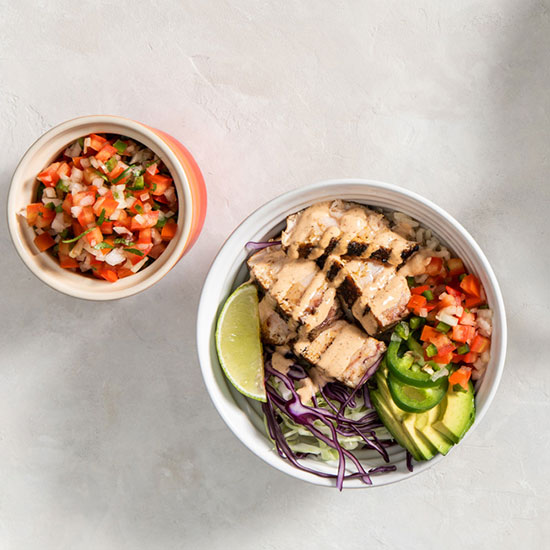
Choose a Sauce
Every bowl needs a sauce to tie all of the elements together. You can DIY your favorite peanut sauce, use homemade vinaigrettes or purchase store-bought dressings. Snacking staples like salsa and hummus are excellent ways to add moisture and flavor as well. And the condiment shelf is your friend here – you can bump up the heat level with hot sauce or add a dash of soy sauce for a burst of umami flavor.
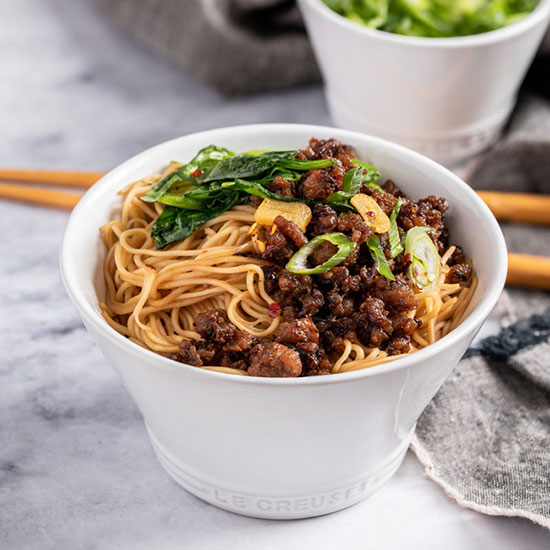
Finish with Garnishes
To finish off your bowl, you need to add something fresh and something crunchy. To add a pop of fresh flavor, choose thinly sliced scallions, fresh herbs, pickled veggies or colorful fresh fruit. Then get creative with the crunch. Simple choices such as toasted nuts or tortilla chips are packed with flavor. You can keep it easy with store-bought versions, or if you have time whip them up in your own kitchen. Some popular toppings like spicy, umami Chili Crunch (from our Dan Dan Noodles recipe) are simple to make at home and add a flavorful boost to any bowl.
Flavor Combinations
Although the recipe possibilities are truly endless, here are some of our favorite flavor combinations. Stock your fridge with a few different prepared grains or noodles, roast or steam some toppings and prep a couple of sauces. Store each ingredient separately so you can make new combinations each day. This way, you can quickly and easily improvise when you have these delicious bowl ingredients on hand.
